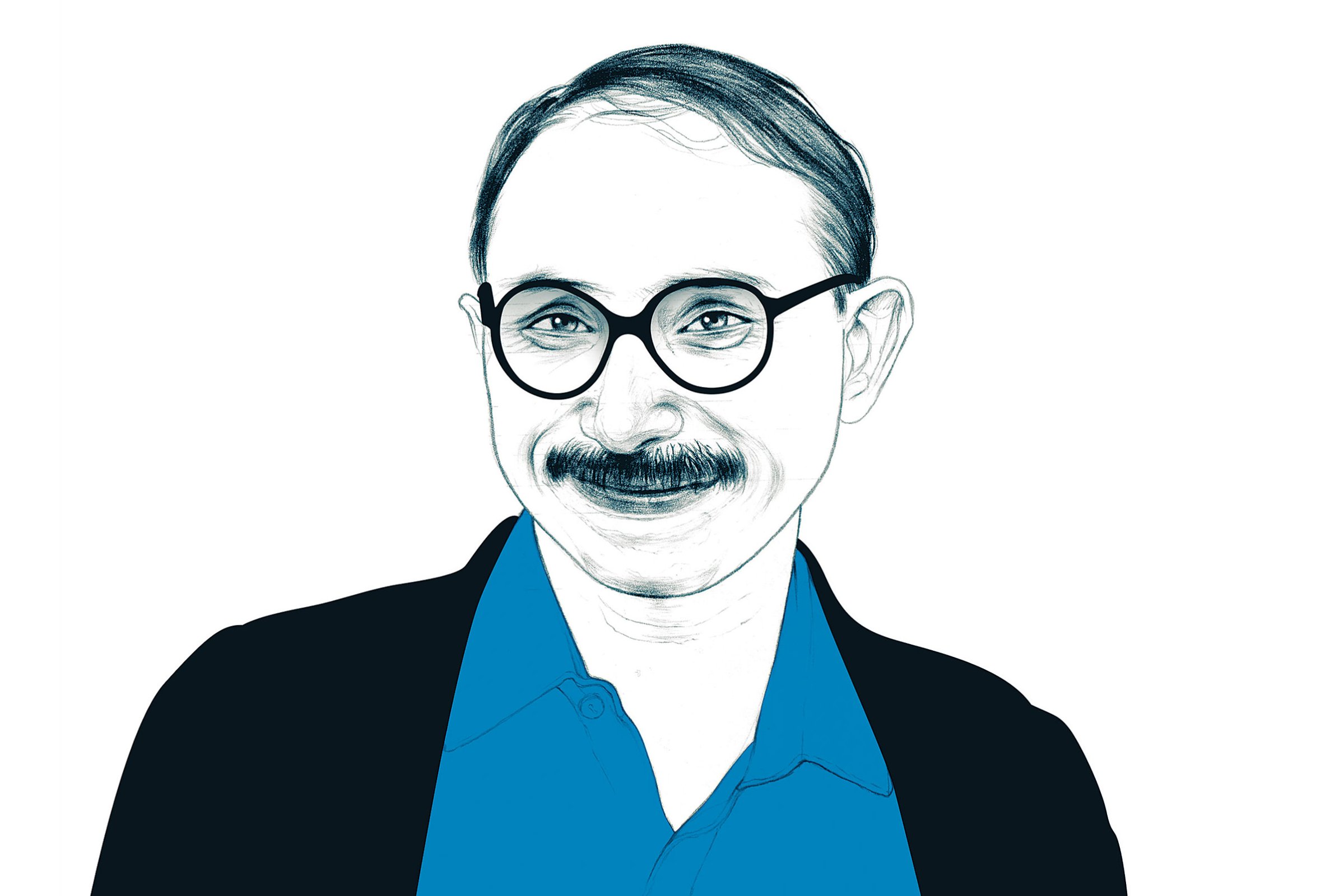
Decades ago, Dr. Mathew Varghese went from house to house in northern India to study victims of polio. He saw people who could only crawl. He learned to ask questions they didn’t teach in medical school: What is your social class? Are you able to attend school? His findings came with a lesson: “What you see in the hospital is only part of the story.”
Today Varghese, an orthopedic surgeon, runs India’s last polio ward, at St. Stephen’s Hospital in New Delhi. In 1990, the city saw 3,000 new paralytic cases of polio; since January 2011, India has seen zero new cases, but for the victims, polio is forever. Doctors like Varghese are assisting with therapy, surgery and more. That work, he says, “is an absolutely humbling experience.”
Varghese, 60, wants to heal more. He helped build an educational organization, now in all 29 states of India, that teaches medical students how to understand the social factors behind clinical care. “I am able to do this little bit,” Varghese says, praising his staff. “But there is so much potential out there that is not tapped.”
More Must-Reads From TIME
- The 100 Most Influential People of 2024
- The Revolution of Yulia Navalnaya
- 6 Compliments That Land Every Time
- Stop Looking for Your Forever Home
- If You're Dating Right Now , You're Brave: Column
- The AI That Could Heal a Divided Internet
- Fallout Is a Brilliant Model for the Future of Video Game Adaptations
- Want Weekly Recs on What to Watch, Read, and More? Sign Up for Worth Your Time
Contact us at letters@time.com